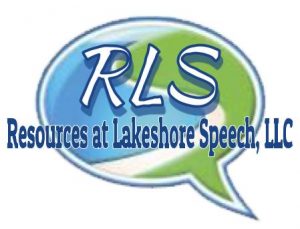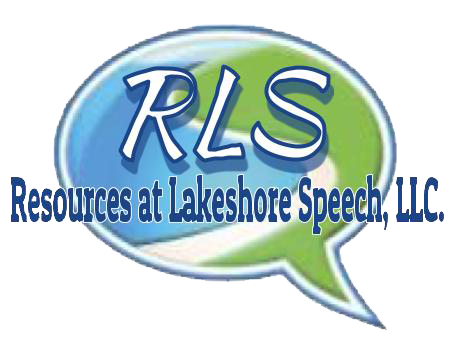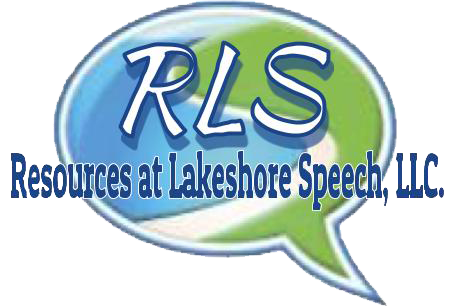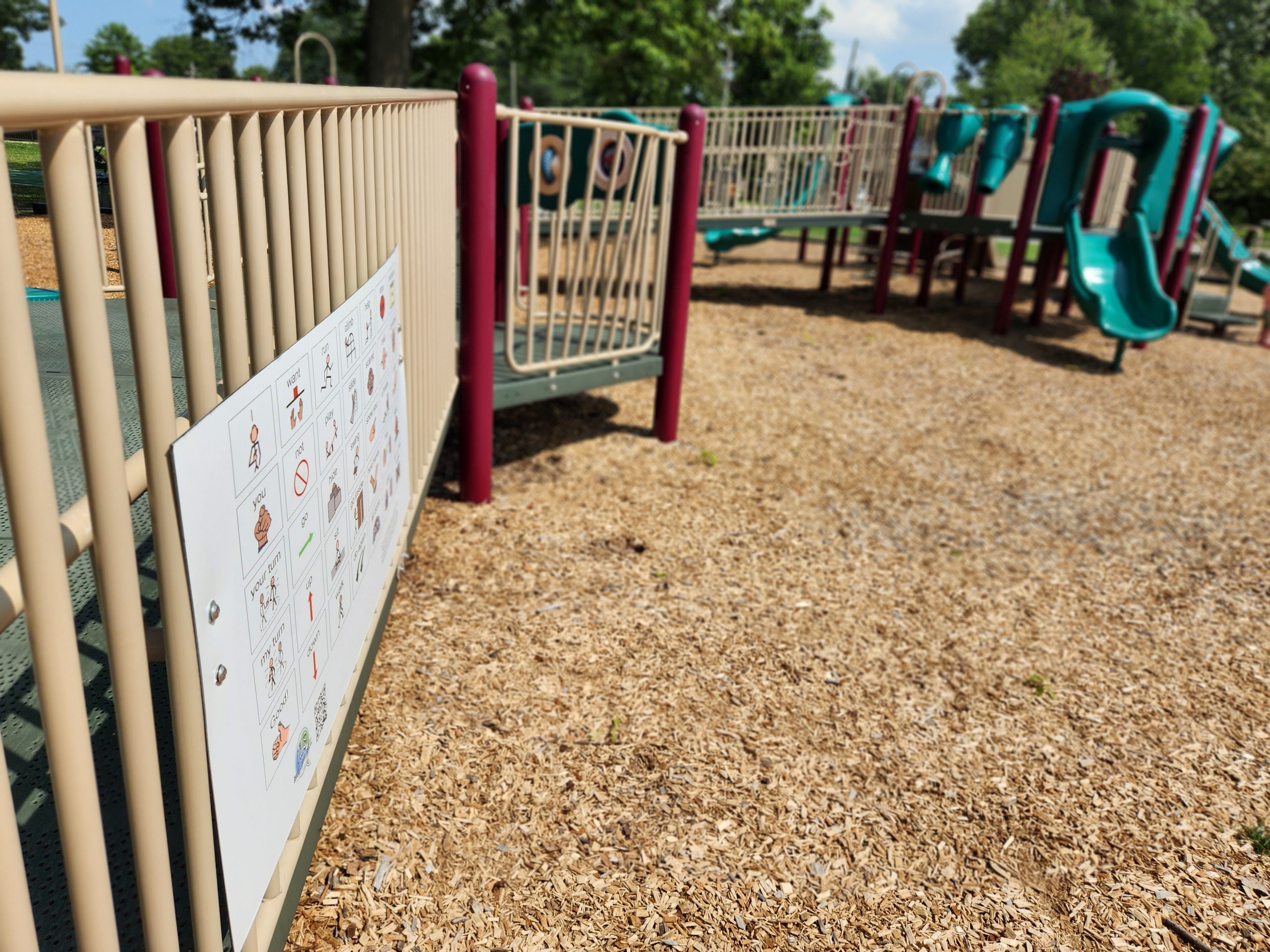Holidays can be a time when the normal routine is disrupted. It’s time to get back on track and follow your daily routine.
Continue readingHow to Get a Playground Communication Board for Your Local Playground
Imagine this: the sun shining, laughter echoing, and kids of all abilities playing together on the playground. Wouldn’t that be incredible? YOU can make this happen! Introducing a special communication board to your community playground, ensures that every child, regardless of their communication abilities, can join in the fun.
**Why a Playground Communication Board?**
Some of our friends need a little extra help talking. A communication board on the playground opens up a world of play and connection for everyone. It’s not just a board; it’s a bridge that connects hearts and creates lasting friendships.
**How Can You Help?**
We believe in the power of community! By making a commitment to provide a playground communication board to your local playground, you become a superhero in making the playground inclusive and accessible for all. Here are 5 easy steps for how you can be a part of this exciting journey:
**Make a plan:**
Ask yourself (and your committee) these questions as this project takes shape:
- What playground would benefit from communication boards?
- What languages are predominantly spoken in your community?
- How would the communication boards best be installed (ie: free standing in a frame, attached to a fence, attached to a piece of equipment, secured to a side of a building, etc.)
**Research Your Options**
When looking for a company to provide the communication signs, you want to ask the following questions:
- Has a licensed Speech-Language Pathologist developed the vocabulary?
- Can the communication sign be 100% customized if need be at a reasonable price?
- Is the overall price reasonable?
- Is communication with a REAL PERSON easy, efficient and effective?
- Does the company stand behind the quality of their communication signs?
Everyone likes to be part of a great idea that helps everyone in the community.
- Research different funding opportunities in your community.
- Get creative and host a mini-fundraiser in your neighborhood, school, or workplace. Bake sales, garage sales, or even a fun-themed event can make a big impact.
- Reach Out to Local Businesses – local businesses love supporting community projects. Approach them and see if they would be interested in sponsoring our playground communication board.
**Making it all come together**
Once your vision is set, you’ve made your selection and the funding is in place, it is important that the production of the communication sign is fast and accurate:
- Ensure you receive a draft copy of the artwork/layout prior to production.
- Share your agency’s and/or funding source’s logo to be included on the communication sign
- Expect frequent and clear communication
**Celebrate**
When your playground communication board arrives, plan for a playground part to unveil this great accomplishment. Celebrate the fact that you have made a firm statement in your community that:
- Inclusivity Matters: Every child deserves the chance to play and communicate on the playground.
- Building Friendships is Important: The communication board isn’t just a tool; it’s a bridge to new friendships and shared adventures.
- Community Unity Matters: Together, you helped to create a community that embraces and supports every child’s unique abilities.
Bonus tip:
**Stay Connected:**
Record your journey on social media with regular updates, stories of triumph, and a behind-the-scenes look at how your contributions are making a real difference.
Join us in creating a playground that speaks the language of joy, friendship, and inclusivity. Together, we’re building bridges that last a lifetime!
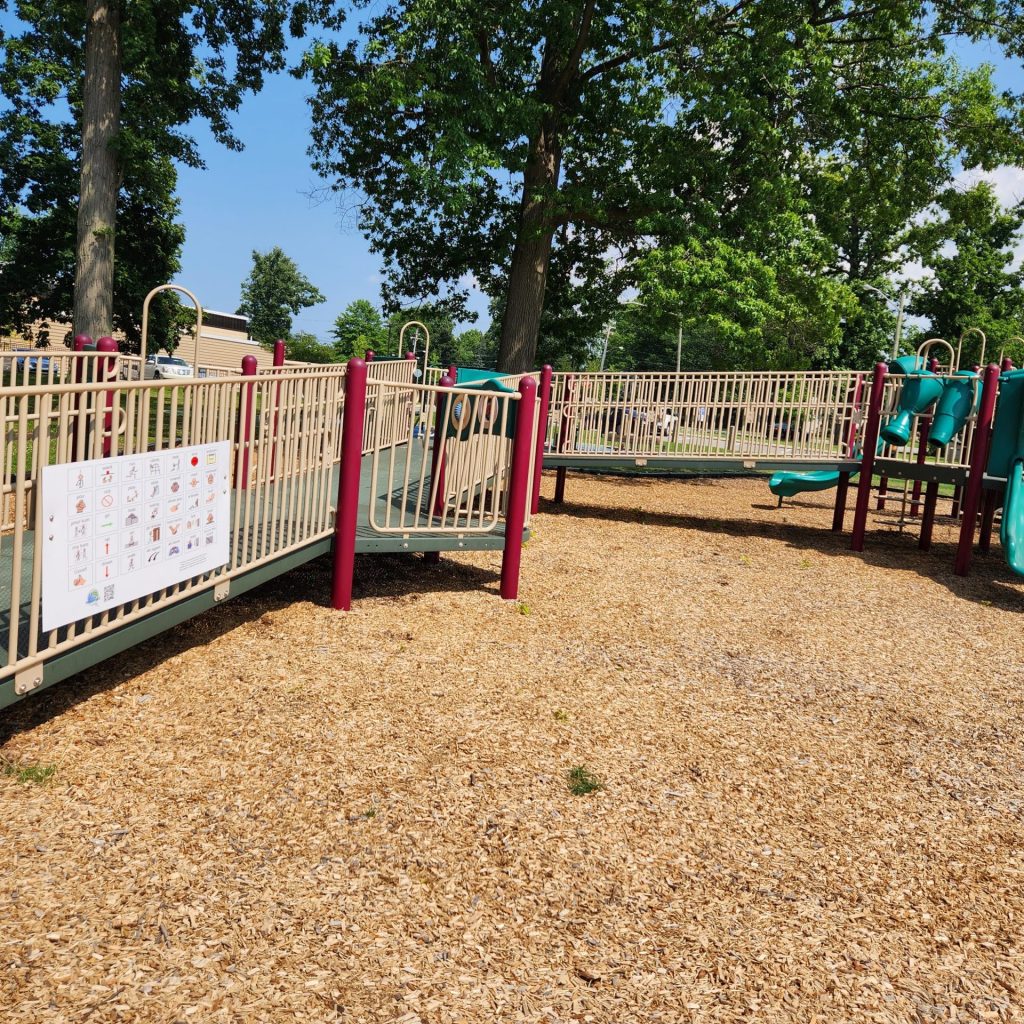
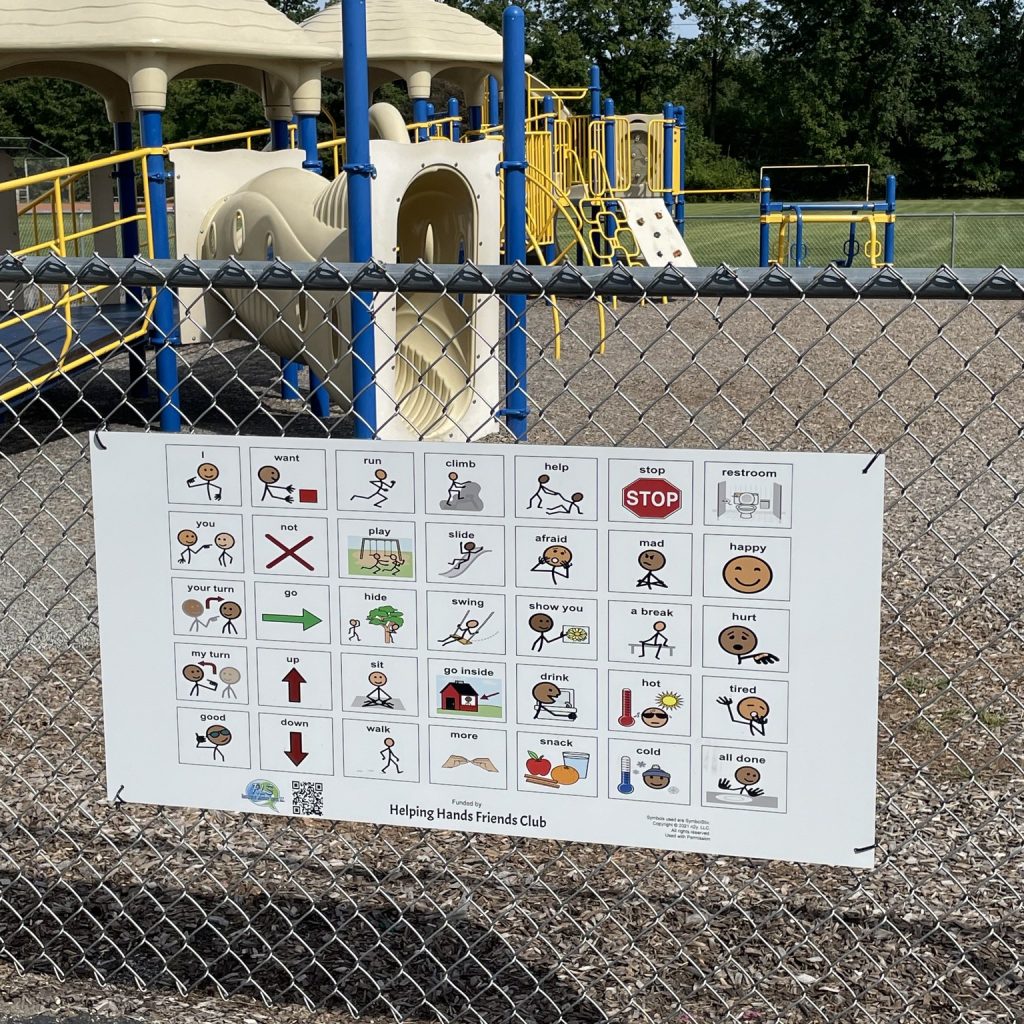
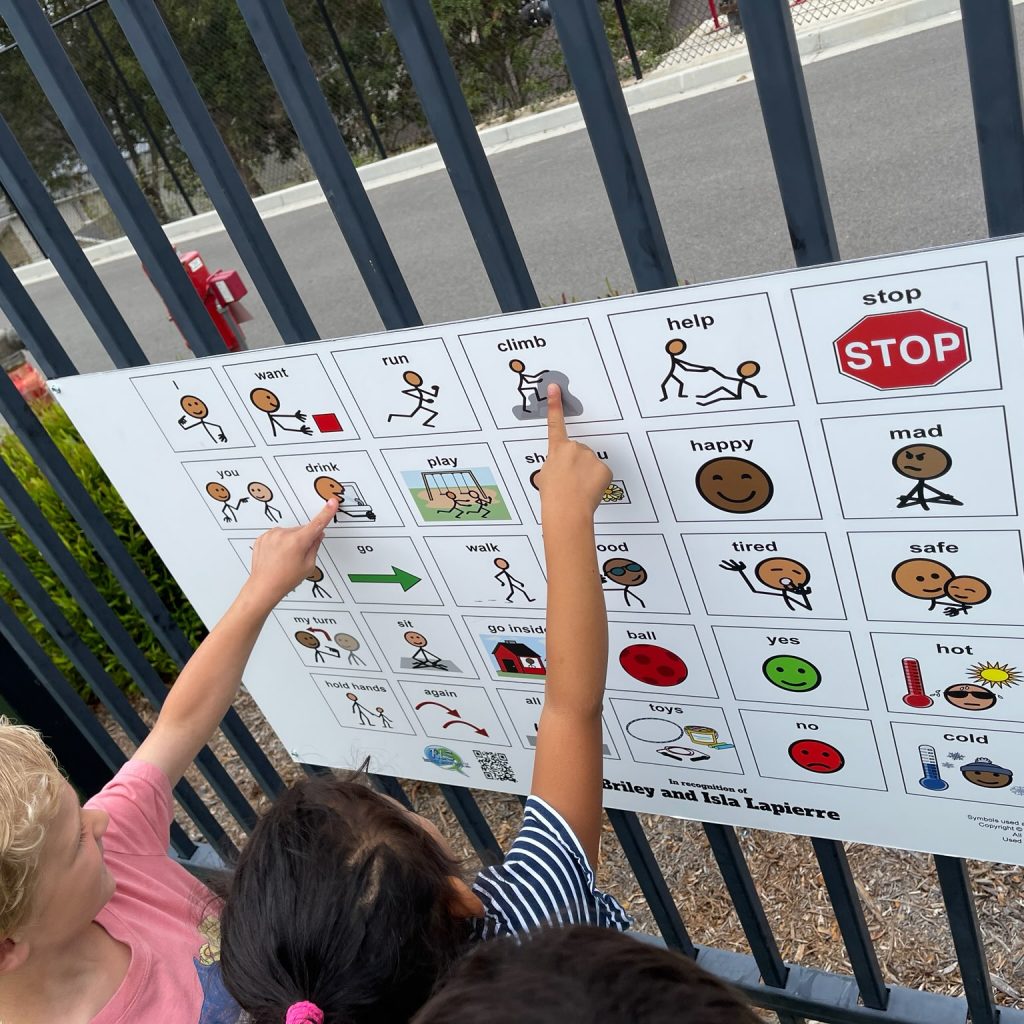
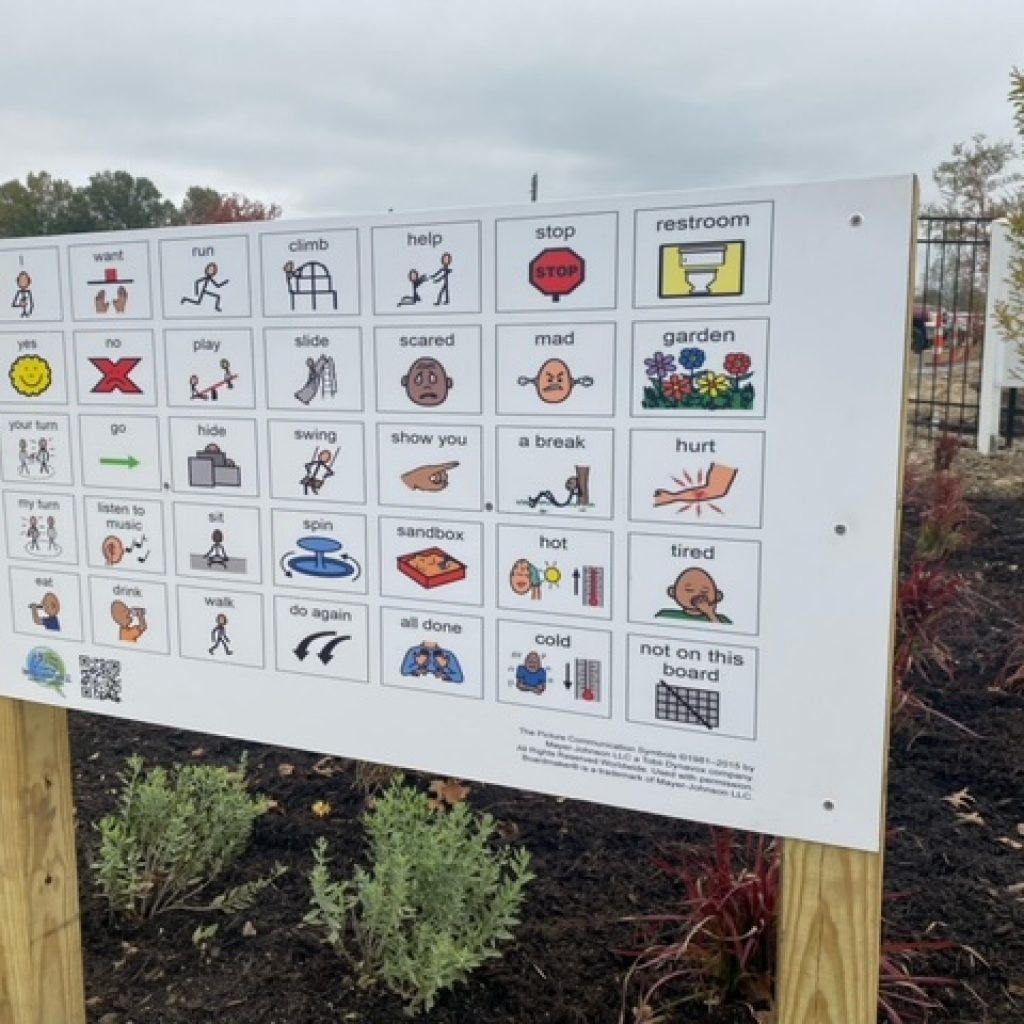
Talking and Growing: New Year’s Resolutions for Speech Therapy!
A brand new year is days away, and that means we get a chance to make some new resolutions! This year, let’s think about making some special resolutions for speech therapy.
**Practice Every Day:**
One resolution could be to practice your speech exercises every day. Turn practice into playing a game. The more you practice, the better you will become!
**Use My Special Words:**
Use the special words your speech therapist teaches you as much as possible. These words help you talk smoothly, and they make you feel super proud!
**Speak Slowly and Clearly:**
Work on speaking slowly and clearly. This way, everyone can understand you when you talk.
**Tell More Stories:**
Make a resolution to tell more stories or help your child tell more stories. Share your adventures, dreams, and funny moments. It’s a fun way to practice talking.
**Ask Questions:**
Ask more questions and join in conversations. Questions help you learn new things, and it’s a cool way to make friends!
**Read Out Loud:**
Reading out loud is like a speech party! Pick your favorite books and read them to friends, family, or even to a pet. It’s great practice!
**Be Patient and Positive:**
Sometimes, it might feel tricky, but you might want to promise to be patient. Stay positive and celebrate even the small wins. Every step is a step forward!
**Thank Your Speech Helpers:**
We help each other, and this year, thank your speech buddies. We’re in this together!
**Try New Sounds:**
Be adventurous and try new speech sounds. It’s like a fun challenge to make your speech even more awesome!
**Celebrate Progress:**
At the end of each month, celebrate the progress you’ve made. Maybe treat yourself to something special. Yay for progress!
So there you go, friends! These speech therapy resolutions are yours for the taking. Let’s make it an amazing year of talking, growing, and reaching new speech goals together. Here’s to a fantastic year ahead!



Days Before Christmas
‘Twas days before Christmas
And all thru the place,
Anticipation was brewing
Behaviors a disgrace.
Young and old are excited
Let’s celebrate – oh Joy!
Use your expected social skills
For every girl and boy.
With gifts a plenty
Don’t forget the magic word,
For friends and family,
“Thank you” must be heard.
All the smells and sounds
For many is bliss,
Yet other lament
“I can do without this!”
Have a plan in place
Creating comfort abound,
Makes for a season
Of happiness all ‘round.
Happy Holidays to all
The message to you each,
Tidings of joy to everyone
From Lakeshore Speech!






How to Prepare for Gift Giving and Receiving
Getting and giving gifts can be exciting but hard for some individuals. Preparing for this time of the year helps to make everyone’s celebration special.
Continue readingHow to Fund Playground Communication Boards
Communication boards are important for people with communication differences. Communication boards give people a voice to build relationships. Getting a playground or pool communication board can be more difficult because of the cost. Today’s blog will look at the different ways to get funding for communication boards.
Grants and Foundations
Some groups give money to projects that help people with disabilities. Look for grants from groups that help provide communication devices for people. Apply for these grants to get money for communication boards.
Corporate Sponsorship
Ask local businesses for help. Some companies like to support projects in their community. Make a plan that shows how playground communication boards can make a big difference. This might get businesses to give money to your project.
Crowdfunding Campaigns
Use websites like Kickstarter or GoFundMe to ask for small amounts of money from many people. Share stories about why playground/pool communication boards are important. Your friends and others might give money to help out.
Community Events and Fundraisers
Do things in your town to get people excited about helping. Maybe have a walk or a fun run to get money. Work with local schools and businesses to make events that bring in money for playground communication boards.
Government Grants and Programs
Sometimes, the government gives money for projects that help people with disabilities. Look into these grants and ask for help. Tell them how playground communication boards can make a positive change.
Partnerships with Educational Institutions
Work with schools and colleges that have programs for special education. They might help with resources and money. Partnering with them can make it easier to get playground communication boards.
Conclusion
Getting money for playground communication boards may require you to try different ways to find funding, but you can make it happen. By using these ideas, you can get the help to change the lives of many. As more people understand why playground/pool communication boards matter, it will be easier to get support and provide everyone a voice.
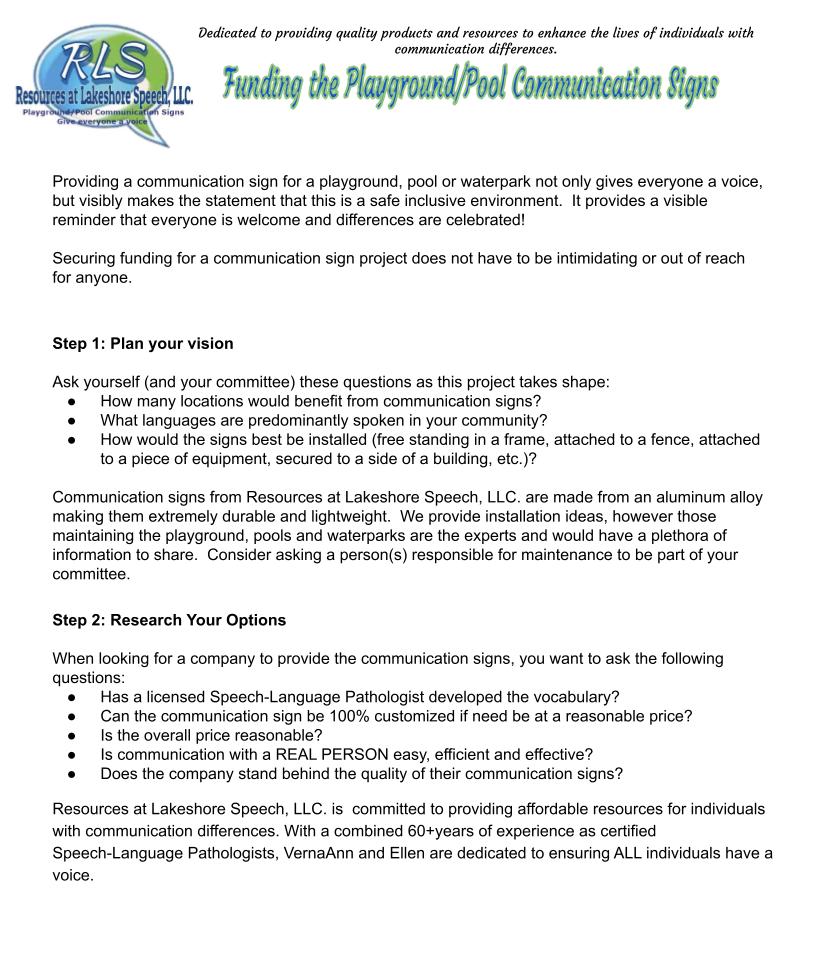
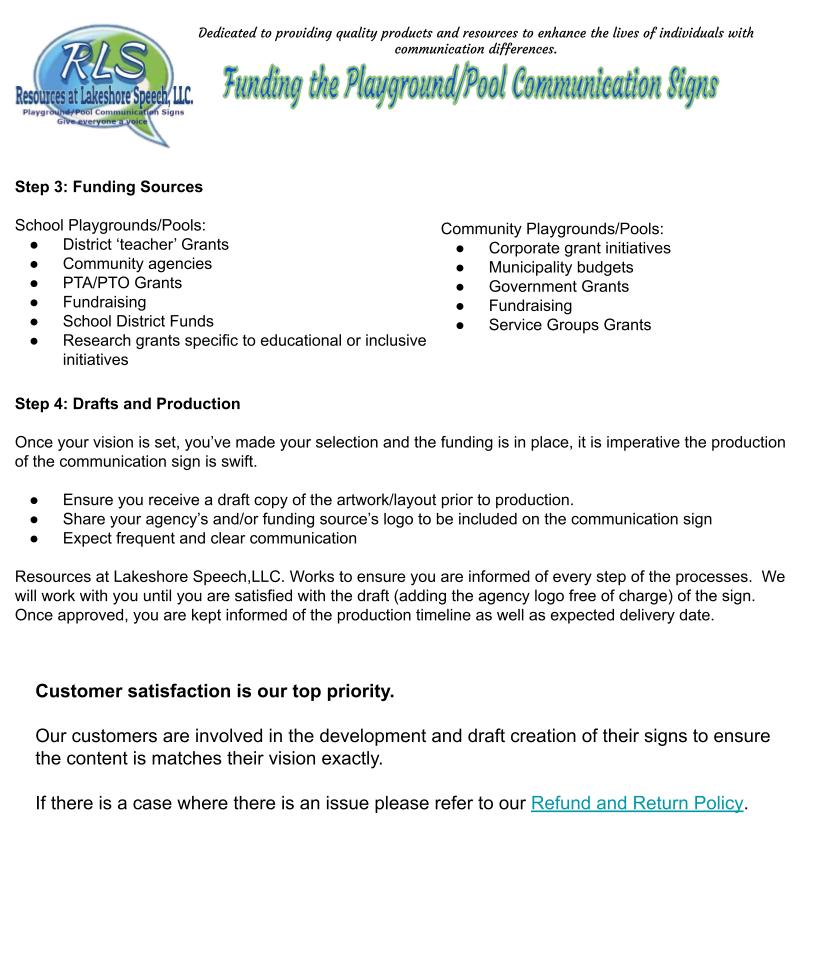
9 Easy Ways to Create Sensory Friendly Holiday Decor
The holiday season is a time of joy, celebration, and togetherness. We’ll explore how to create a sensory-friendly holiday environment by making thoughtful choices in your decorations.
Continue readingHelp your Community – Shop Local
In a world dominated by large corporations, the importance of supporting small businesses cannot be overlooked. Choosing to shop small is a powerful decision that goes through communities, increasing economic growth, uniqueness, and a stronger sense of connection.
Continue readingSensory-Friendly Thanksgiving
Celebrating Thanksgiving with a child with Autism may require some preparations ahead of time and on the special day to ensure a comfortable and enjoyable experience.
Continue readingCommunication Boards by the Pool
Pool communication boards can make it easier for everyone to have a good time in the pool, especially people with communication differences.
Continue reading